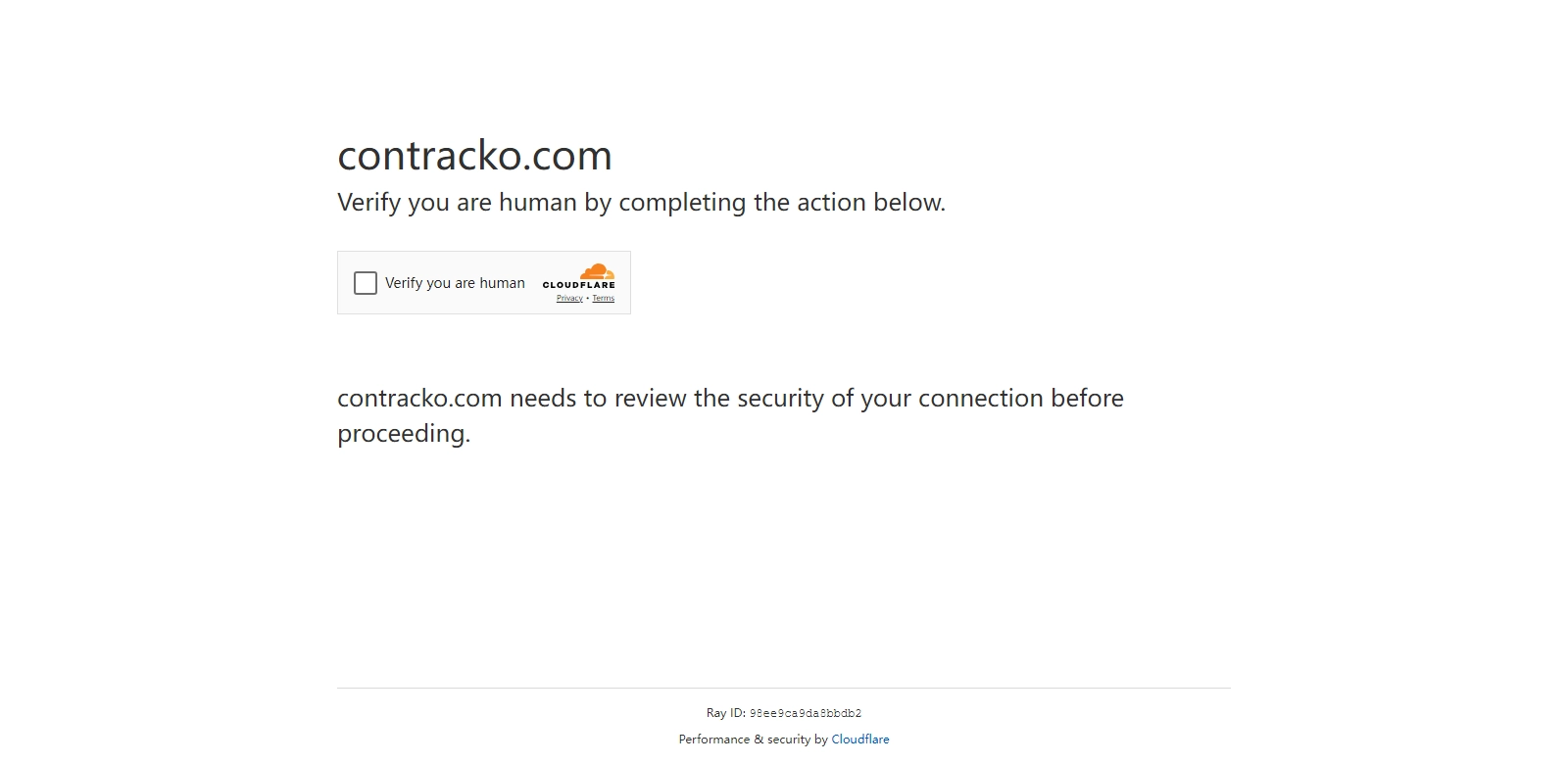Understanding the Implications of 403 Forbidden Errors
The 403 Forbidden error: a common issue that web users and developers encounter. This HTTP status code signifies that, while the server is reachable, access to the requested resource is denied. Understanding the intricacies behind a 403 error can empower both developers and users, enabling them to navigate web restrictions effectively. This article delves into the various reasons for encountering a 403 Forbidden error and details how websites can implement solutions to mitigate these issues.
What Causes a 403 Forbidden Error?
403 Forbidden errors typically arise from a variety of factors, including server permissions, website configurations, and user authentication issues. This section will cover some common causes of a 403 error that can hinder access:
- Incorrect File Permissions: If the server files or directories have not been set with the correct permissions, the web server may block access. Properly setting permissions is crucial to ensure that users can access the necessary files.
- IP Address Blocking: Web servers can be configured to deny requests from specific IP addresses. This security measure, while effective for preventing malicious access, may inadvertently block legitimate users.
- Missing Index File: If a user attempts to access a directory that lacks an index file (such as index.html or index.php), the server may return a 403 error instead of providing a directory listing.
- Misconfigured .htaccess File: The .htaccess file can control access permissions for a web directory. A misconfiguration can lead to server access denial, resulting in a 403 error.
- User Authentication: Websites that require user login may return a 403 error if users attempt to access restricted content without proper authentication.
Understanding these issues equips web administrators and users with essential insight into overcoming these obstacles. To explore specific solutions, check out Contracko, which provides tools for managing website access issues.
How to Fix a 403 Forbidden Error
When confronted with a 403 Forbidden error, it is imperative to take a systematic approach to identify and rectify the root cause. Here are some steps that can help resolve this error effectively:
1. Check URL for Errors
Before delving into more complex solutions, users should verify that the URL they are attempting to access is correct. A simple typographical error can easily lead to a 403 error.
2. Investigate File Permissions
If you are a website owner or developer, reviewing file permissions is key. Ensure that your server's directories and files possess the appropriate permissions to allow access. Typically, directories should be set to 755 and files to 644.
3. Review Web Server Configuration
Web administrators should examine server configuration files to identify any misconfigurations or directives that might be restricting access. Particularly, review settings associated with user access and directory settings.
4. Assess the .htaccess File
If applicable, the .htaccess file should be checked to confirm that it does not contain any rules that might be blocking access inadvertently. Consider commenting out specific rules to isolate the cause of the error.
5. Clear Browser Cache
Sometimes, the browser cache can hold outdated data that results in access issues. Clearing the cache can lead to resolving unexpected 403 errors as the latest resources are loaded.
6. Verify Server Status
In certain instances, web servers or services may be down temporarily or experiencing issues. Ensuring the server is operational is essential for obtaining access to resources.
7. Check for IP Blocking
If you suspect that the access was denied due to IP blocking, contact the server administrator or hosting provider to request unblocking.
The Role of User Authentication
For websites requiring authenticated users, implementing proper authentication measures and checks are paramount. Users should ensure they are logged in with the correct credentials. In case of forgotten passwords, familiar steps such as a password recovery process can be utilized to regain access.
Future Preventative Measures
Preventing 403 Forbidden errors from occurring in the first place is ideal. To mitigate access issues, consider taking the following preventative actions:
- Regular audits of file permissions can ensure that changes do not inadvertently restrict access.
- Maintain clear documentation of server settings and .htaccess contents to facilitate quick troubleshooting.
- Implement robust user authentication mechanisms alongside clear error messaging that guides users through the authentication process.
Conclusion
A comprehensive understanding of 403 Forbidden errors is essential to address and resolve them effectively. By taking the necessary steps to identify the root cause, users and administrators can navigate these obstacles more efficiently. With the right knowledge and tools, such as those from Contracko, tackling 403 errors becomes a manageable endeavor, enabling smooth access to digital resources.
Frequently Asked Questions
-
What is a 403 Forbidden Error?
A 403 Forbidden error indicates that the server exists but the user's request has been denied for security reasons. This is due to server settings or resource permissions. -
How can I remove a 403 Forbidden Error?
To resolve a 403 error, you should check file permissions, server configurations, and ensure correct URL input. Investigating the .htaccess file may also provide insights into access restrictions. -
Does a 403 Error mean the website is down?
Not necessarily. A 403 error indicates the server is operational but access has been denied. This is different from a 404 error, which indicates the resource is not found. -
What should developers do when faced with a 403 error?
Developers should analyze server logs and review both configurations and permissions that control access to resources. -
Can users do anything when encountering a 403 error?
Users can first verify the URL, refresh the page, or consult with website support if they believe access is being improperly blocked.
